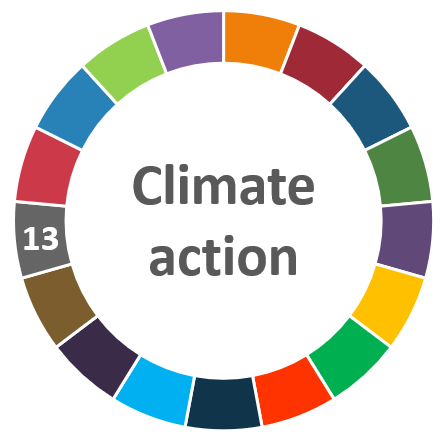
ΑΙhub.org
Machine learning for climate science and Earth observation – a webinar from Climate Change AI

The most recent webinar in the Climate Change AI series covered machine learning for climate science and Earth observation. We heard from two experts in the field, and you can watch the recording below. Maike Sonnewald spoke about trustworthy AI for climate analysis, and Gustau Camps-Valls talked about physics-aware machine learning for Earth sciences.
A robust blueprint for trustworthy AI for climate analysis
Maike Sonnewald, Princeton University.
In her presentation, Maike put forward a blueprint for a transparent machine learning application that reveals 3D ocean current structures from surface fields in climate models. She talked about how she applies this to predict ocean current changes. As a result of climate change there is great variability in global heat transport and this application can aid in understanding that variability. The application is designed to be interpretable and explainable so that it can deliver actionable insights in support of climate decision making.
Physics-aware machine learning for Earth sciences
Gustau Camps-Valls, Universitat de València.
When it comes to Earth science problems, it is desirable to build models that are physically interpretable. Machine learning models are excellent approximators, but very often do not have the laws of physics in-built. This means that consistency and trustworthiness can be compromised. In this talk, Gustau reviewed the main challenges in the field of physics-aware machine learning, and introduced several ways to carry out research at the interface of physics and machine learning.
Useful links
Climate Change AI webpage
Events from Climate Change AI
Webinars from Climate Change AI

tags: Focus on climate action, Focus on UN SDGs, quick read









